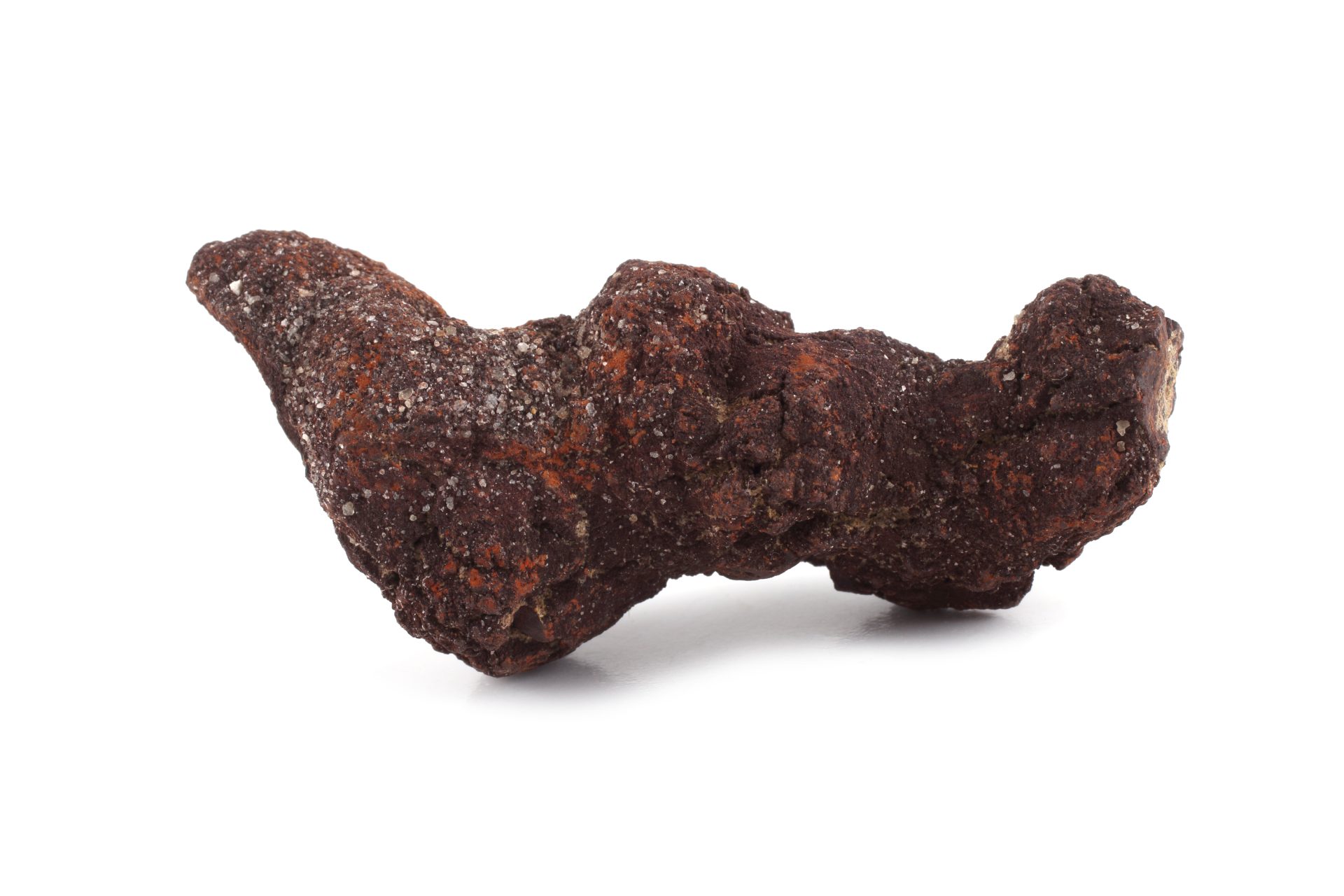Archaeologists have conducted a metagenomic analyses of coprolites excavated at the Torihama shell-mound site in Fukui Prefecture, Japan.
Excavations recovered over 400 individual coprolites, in which a sampling of 10 examples have dated the site to the Early Jōmon period. At the time, the Japanese archipelago was inhabited by the Jōmon culture, a hunter-gatherer population which reached a considerable degree of sedentism and cultural complexity.
The results of the study, published in the journal PLOS ONE by researchers from the National Institute of Genetics, the University of Tokyo, and the Wakasa History Museum, has revealed new insights into the lives and health of the Jōmon people living in Japan 7,000 to 5,500-years-ago.
Coprolites have the ability to preserve various genetic materials from the digestive tracts of ancient populations, including DNA from microbes and viruses. A metagenomic analysis of the sampled coprolites showed homology with known gut microbe, viruses, and food genomes typically found in the faeces of modern humans.
According to the study authors: “We detected reads derived from several types of phages and their host bacteria simultaneously, suggesting the coexistence of viruses and their hosts.”
Despite the age-related degradation of DNA in the coprolites, the researchers successfully identified genetic fragments of viruses, specifically homologous to human betaherpesvirus 5 and human adenovirus F.
“The study enables scientists to explore the co-evolution of bacteria and the viruses that infect them throughout history. This research enhances our understanding of the microbial and viral composition within the digestive systems of people from ancient times,” said the study authors.
Furthermore, the team discovered the reads of possible foods through genomic information, providing biological evidence for the dietary characteristics of the Jomon people.





